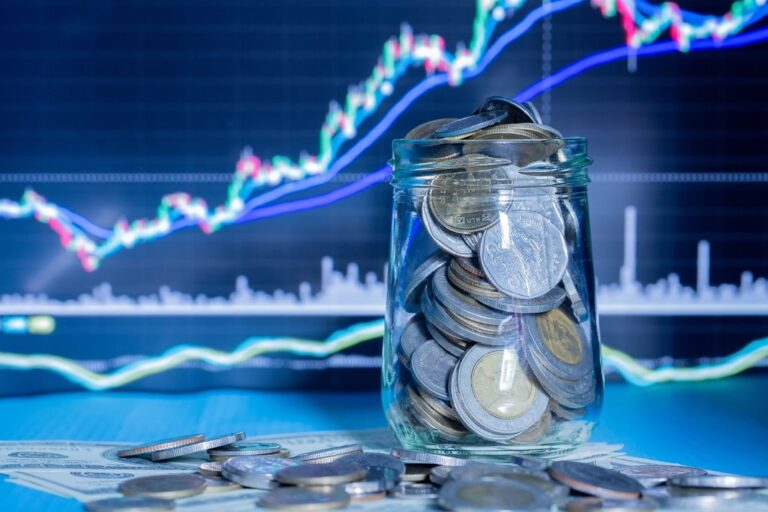In the first three quarters of 2022, Romania’s annual real GDP grew by 4.3%, due to strong gross fixed capital formation and private consumption, which was supported by a strong labor market and wage growth, according to the European Commission.
For 2023, the negative impact of still high inflation, tight financing conditions and the slowdown of the other EU economies are all set to lower real GDP growth in Romania to 2.5%.
The implementation of the RRP should contribute to strong investment, which is expected to be the main growth driver. Other EU funds are set to support investment as well.
Private consumption, although negatively affected by high inflation, is projected to grow due to increases in the minimum wage, pensions, and public sector wages, as well as to the extension of the energy price cap until 2025.
A rebound of 3% in economic growth is projected for 2024 on the back of receding inflationary pressures, lower interest rates, and improved external outlook.
The annual HICP inflation slowed down in December on the back of lower energy and food commodity prices, bringing the 12-month average in 2022 to 12%. HICP inflation is expected to ease further over the forecast horizon.
Average annual HICP inflation is projected at 9.7% for 2023 before slowing down to 5.5% in 2024 due to the extension of the energy price cap, lower commodity prices and base effects kicking-in.











